Species Photo Gallery for Melanoliarus vicarius No Common Name |
 | Photo by: Bo Sullivan
Craven Co.
Comment: female, 7.3 mm | 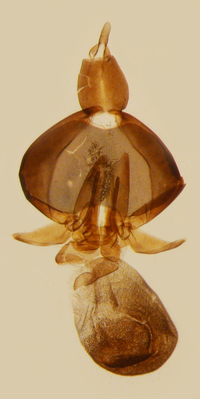 | Photo by: Bo Sullivan
Craven Co.
Comment: female, 7.3 mm |
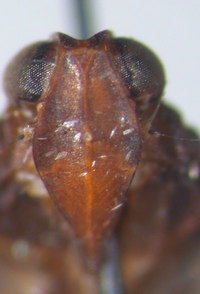 | Photo by: Bo Sullivan
Craven Co.
Comment: female, 7.3 mm | 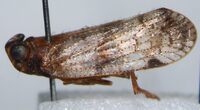 | Photo by: Bo Sullivan
Craven Co.
Comment: female, 7.3 mm |
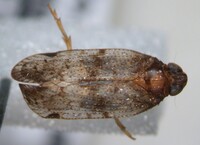 | Photo by: Bo Sullivan
Craven Co.
Comment: female, 7.3 mm | 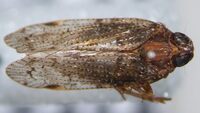 | Photo by: Bo Sullivan
Jones Co.
Comment: male, 7.2 mm |
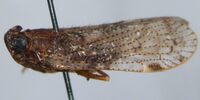 | Photo by: Bo Sullivan
Jones Co.
Comment: male, 7.2 mm |  | Photo by: Bo Sullivan
Jones Co.
Comment: male, 7.2 mm |
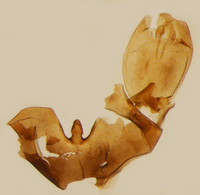 | Photo by: Bo Sullivan
Jones Co.
Comment: male, 7.2 mm |  | Photo by: Bo Sullivan
Jones Co.
Comment: male, 7.2 mm |
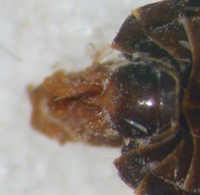 | Photo by: Bo Sullivan
Jones Co.
Comment: male, 7.2 mm | 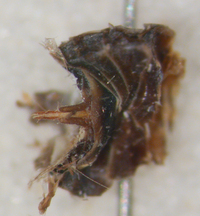 | Photo by: Bo Sullivan
Jones Co.
Comment: female, 9.0 mm |
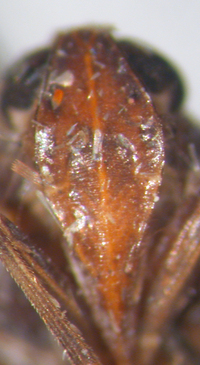 | Photo by: Bo Sullivan
Jones Co.
Comment: female, 9.0 mm |  | Photo by: Bo Sullivan
Jones Co.
Comment: female, 9.0 mm |
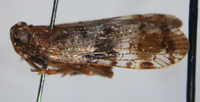 | Photo by: Bo Sullivan
Jones Co.
Comment: female, 9.0 mm |  | Photo by: Bo Sullivan
Jones Co.
Comment: female, 9.0 mm |
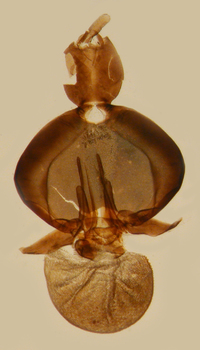 | Photo by: Bo Sullivan
Jones Co.
Comment: female, 9.0 mm |  | Photo by: Bo Sullivan
Jones Co.
Comment: female, 9.0 mm |
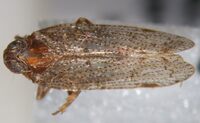 | Photo by: Bo Sullivan
Carteret Co.
Comment: male; 7.1 mm |  | Photo by: Bo Sullivan
Carteret Co.
Comment: male; 7.1 mm |
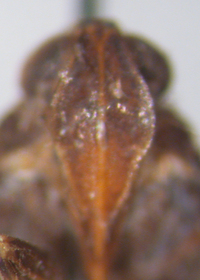 | Photo by: Bo Sullivan
Carteret Co.
Comment: male; 7.1 mm | 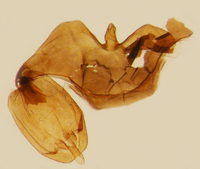 | Photo by: Bo Sullivan
Carteret Co.
Comment: male; 7.1 mm |
 | Photo by: Bo Sullivan
Carteret Co.
Comment: male; 7.1 mm |  | Photo by: unknown
Out Of State Co.
Comment: PSUC_FEM 000066890rndate unknown; collected some time in 1968rndet. C.R. Bartlettrnmale |
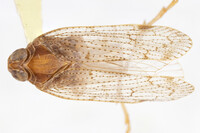 | Photo by: unknown
Out Of State Co.
Comment: PSUC_FEM 000066890rndate unknown; collected some time in 1968rndet. C.R. Bartlettrnmale | 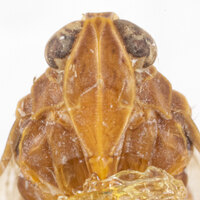 | Photo by: unknown
Out Of State Co.
Comment: PSUC_FEM 000066890rndate unknown; collected some time in 1968rndet. C.R. Bartlettrnmale |
 | Photo by: Bo Sullivan
Carteret Co.
Comment: male; 8.1 mm |  | Photo by: Bo Sullivan
Carteret Co.
Comment: male; 8.1 mm |
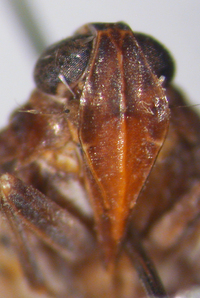 | Photo by: Bo Sullivan
Carteret Co.
Comment: male; 8.1 mm | 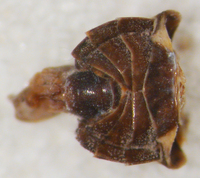 | Photo by: Bo Sullivan
Carteret Co.
Comment: male; 8.1 mm |
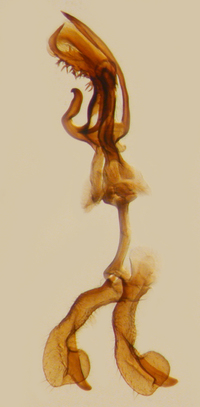 | Photo by: Bo Sullivan
Carteret Co.
Comment: male; 8.1 mm |  | Photo by: Bo Sullivan
Carteret Co.
Comment: male; 8.1 mm |
|

 »
»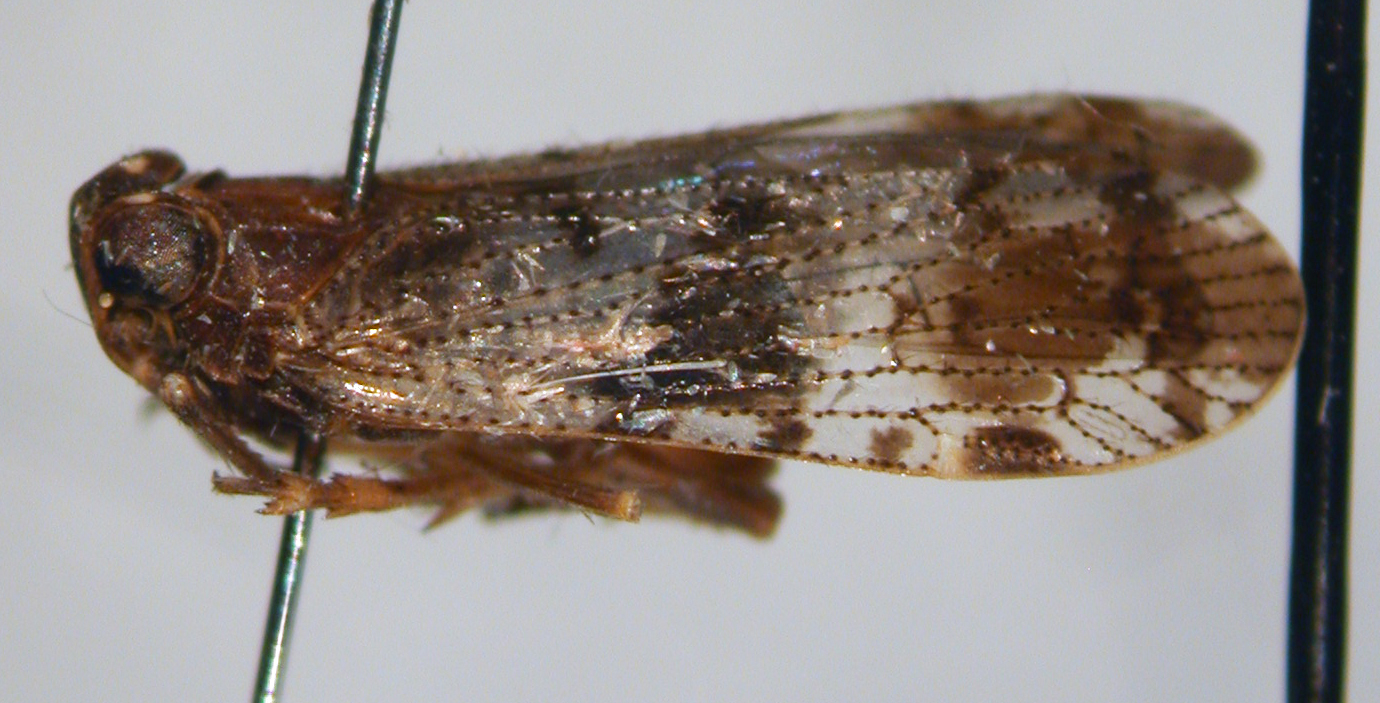
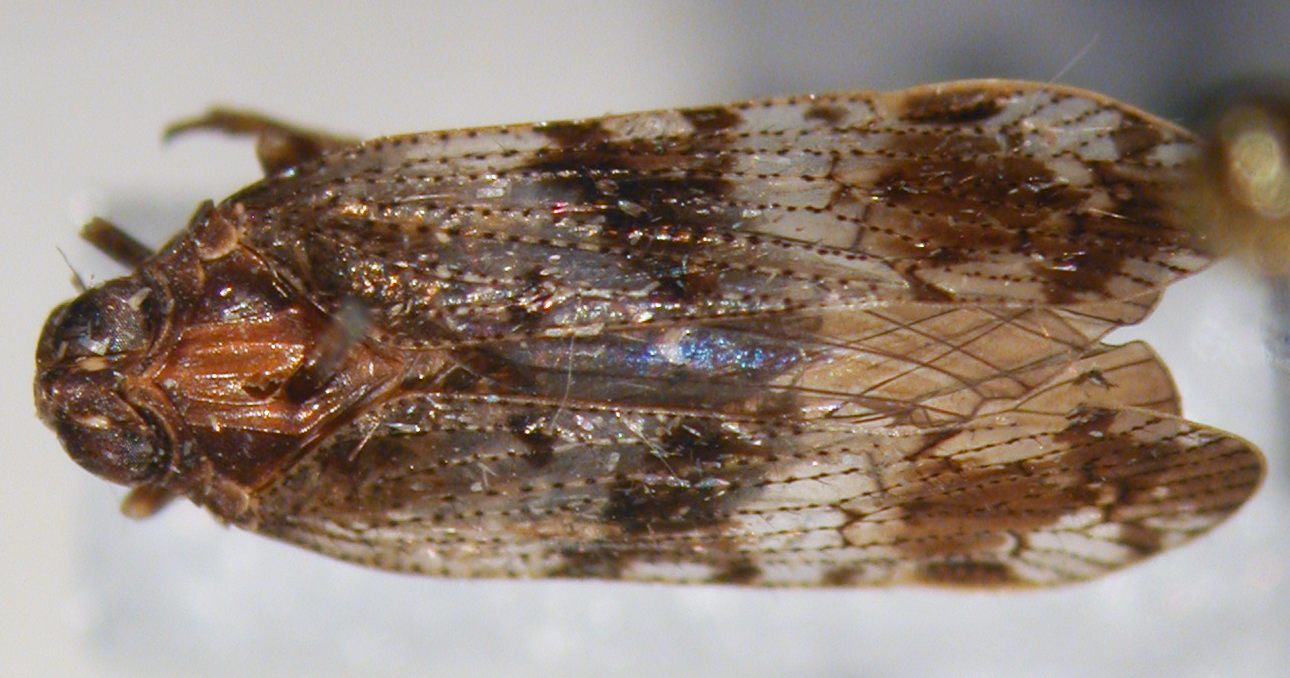
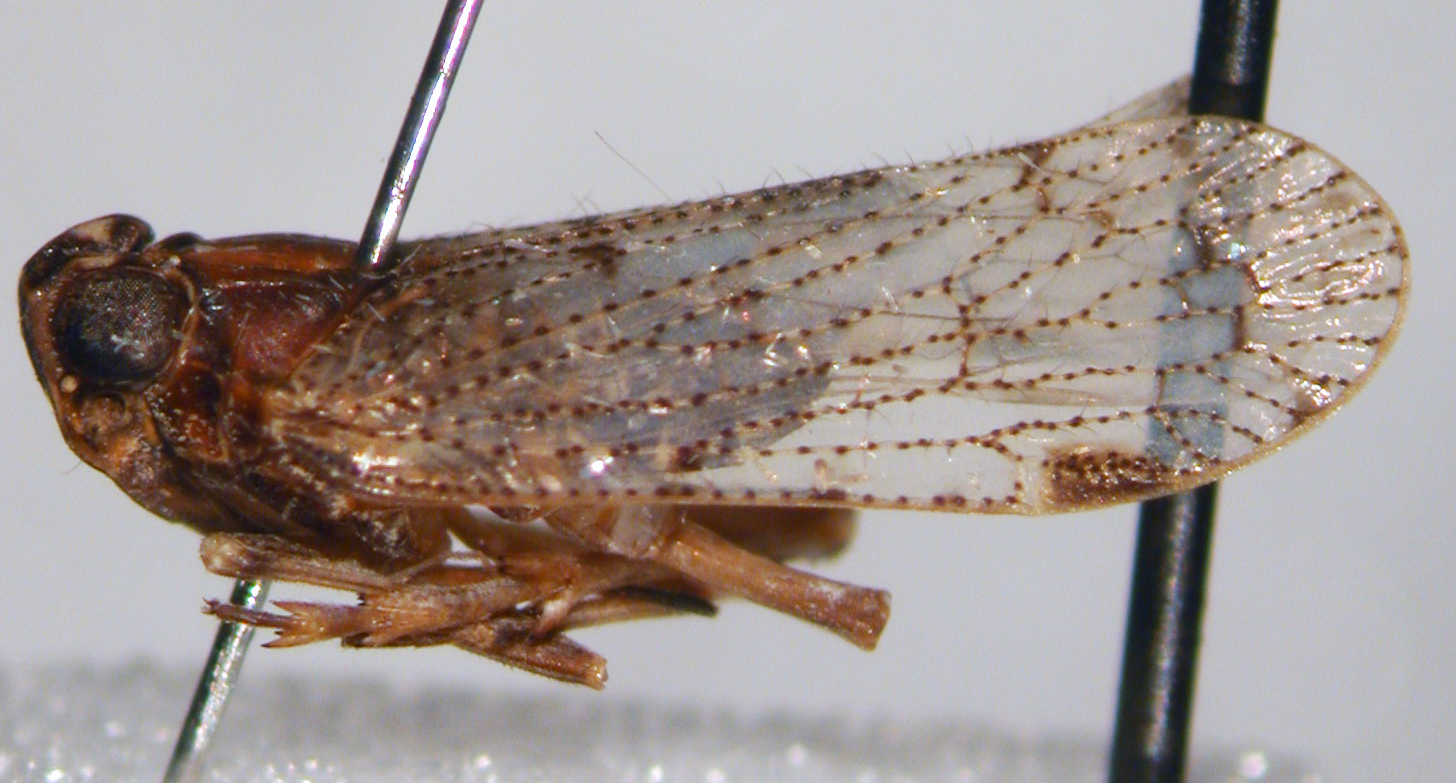


 »
»


